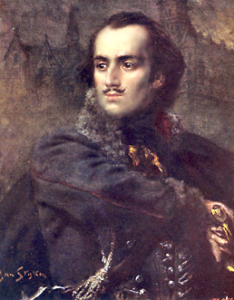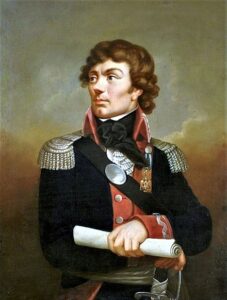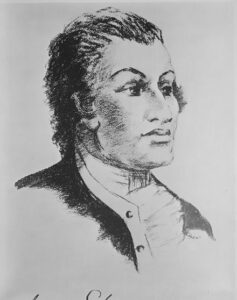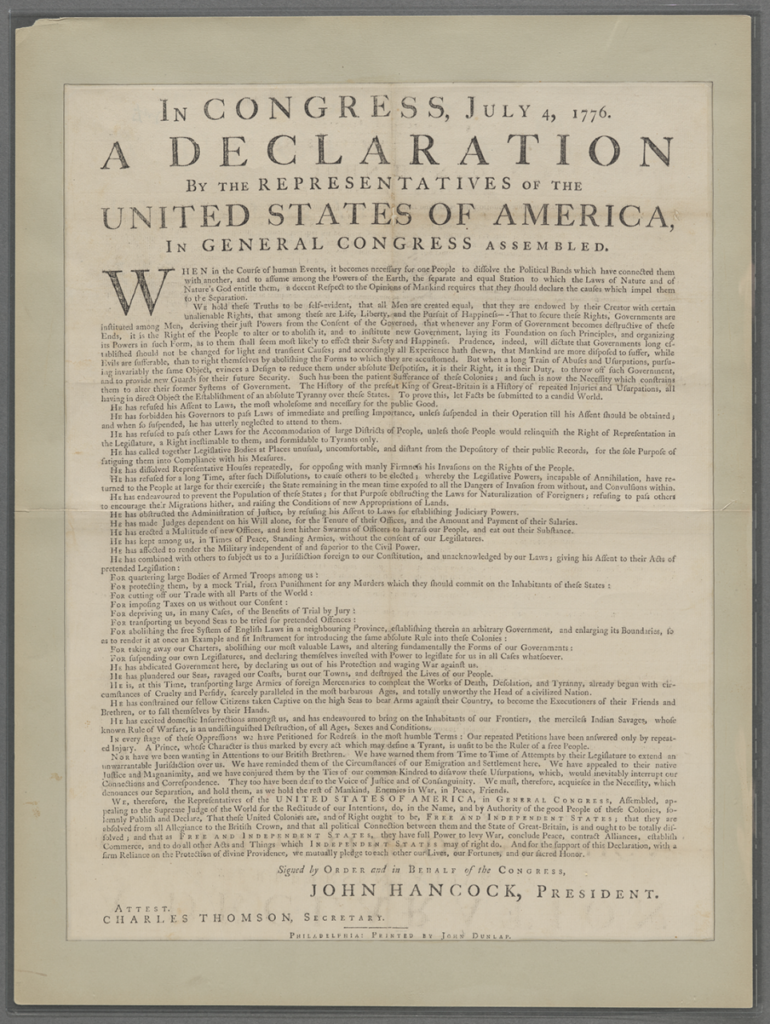
Three Polish heroes served in the American Revolutionary War: Casimir Pulaski, Thaddeus Kosciuszko, and Haym Solomon. These three men made considerable contributions to the success of the Revolutionary War. Two died from wounds incurred during the war. They are honored in many ways but are best known to the Polish community.
We celebrate the Fourth of July, with fireworks, picnics, flags, barbecues, and more. Have fun, and impress your family at your July 4 barbecue or get-together with these lesser-known facts and people.
Happy Birthday to the United States from this resident history geek.

Casimir Pulaski (1745-1779)
Polish nobleman Casimir Pulaski (Kazimierz Pułaski) distinguished himself as a soldier and military leader in Poland fighting against the Russians. In 1775 he fled Poland to France. There, in the Spring of 1777, Benjamin Franklin recruited him to fight in the Revolutionary War. He came to the United States in 1777 to serve in Washington’s army and helped form the American cavalry, which played a crucial role during the Revolutionary War. He became known as the “Father of the American Calvary.” George Washington commissioned Pulaski a brigadier general in the Continental Army cavalry. Some even credit Pulaski with saving Washington’s life during the Battle of Brandywine.
Pulaski died in 1779 from wounds suffered in battle. Today, cities, bridges, monuments in both the US and Poland, a parade, a postage stamp, and even a foundation are named for Pulaski.
Thaddeus Kosciuszko (1746-1817)

In 1776, Kosciuszko fled Poland to France, and then America, for a different reason. He tried to elope with the daughter of a general who he was tutoring. The attempt was unsuccessful and he fled to escape the wrath of her father who issued a death sentence.
Thaddeus Kosciuszko served as an engineer in the Continental Army during our Revolutionary War. As he was educated as an engineer, the Continental Congress commissioned him as Colonel of Engineers in the Continental Army. He sought out Thomas Jefferson, introduced himself, and he and Jefferson remained lifelong friends. He returned to Poland in 1784. There he was instrumental in the framing of the Polish constitution. When Russia opposed Poland, he led an insurrection against Russia in 1794. Following imprisonment by Russia, he again returned to the United States in 1797. There he settled in Philadelphia until his death.
He was ahead of his time in advocating tolerance and standing up for the rights of slaves, Native Americans, women, serfs, and Jews. In his will, Kosciuszko bequeathed a large sum of money for the purpose of liberating and educating African-American slaves. He named Jefferson the executor of his will and left $18,912 in back pay and 500 acres of land in Ohio for Jefferson to use to purchase the freedom of slaves. Sadly, Jefferson never did free his slaves.
In 2010 Alex Storozynski published a definitive biography of Kościsuzko, entitled The Peasant Prince: Thaddeus Kosciuszko and the Age of Revolution
Haym Solomon (1740-1785)

I had not heard of the Polish Jew Haym Solomon (or some say Salamon) before researching this blog. Count him as a third significant Pole who fought in the Revolutionary War. He was born in Poland in 1740 to parents who escaped persecution in Portugal.
Solomon was considered the ‘financier’ of the American Revolution. In 1772 (some say 1775) he fled persecution in Poland with the first partition of Poland. In 1776, he was arrested by the British and accused of being an American spy. He endured eighteen months of incarceration. Between 1781-1784 he personally loaned $650,000 to the American cause, helping the nation to some sense of financial stability. At that time, the army was nearly out of funds, and at great risk of losing to the British. This amount is roughly equivalent to $1.3 billion in today’s dollars. He founded the first synagogue in Philadelphia, Mikveh Israel. It was only the second synagogue in the Americas. Today it is known as the “Synagogue of the American Revolution.” Sadly, the government never paid him back. He died young and bankrupt.
President Calvin Coolidge delivered a lengthy address on May 3, 1925, about Solomon at the laying of the cornerstone of the Jewish Community Center, Washington DC. (Click here to read.) Like Pulaski and Kosciuszko, there are many honors in his name.
Just for Fun – Revolutionary War trivia
- How many copies of the document were issued?
- How many hot dogs are consumed on the Fourth of July?
- Which three presidents died on the anniversary of the holiday?
- When was the declaration signed?
- Who wrote the Declaration?
- How long was the Revolutionary War?
- How many people signed the Declaration of Independence?
- What happened to the original signers of the Declaration of Independence?
For more information
Smithsonian magazine, March 8, 2017. “The Polish Patriot Who Helped Americans Beat the British.” Click here.
National Parks
Fort Pulaski National Monument, Georgia
Thaddeus Kościsuzko National Memorial, Pennsylvania.
Foundations
Casimir Pulaski Foundation, founded in 2005, is an independent, not-for-profit, non-partisan Polish think tank.
The Koscisuzko Foundation, founded in 1925, promotes closer ties between Poland and the United States through educational, scientific and cultural exchanges.
Declaration of Independence
National Archives, Dunlap’s Declaration of Independence
National Archives, Declaration of Independence, a Transcription (read the full text)
Trivia Answers

1) 200. A hand-written version carries the original signatures. Thomas Jefferson ordered an estimated 200 copies of the Declaration to be printed and distributed throughout the colonies. Twenty-three still exist today. They are referred to as the Dunlap broadsides, after the printer’s name. 2) 155 million. 3) Both John Adams and Thomas Jefferson died on July 4, 1826. James Monroe died on July 4, 1831. 4) The Declaration was signed on July 2, then adopted on July 4. 5) Thomas Jefferson. 6) Eight years, from April 19, 1775 to September 3, 1783. 7) 56. 8) Signing the Declaration of Independence was considered high treason. Thus everyone who signed the document risked everything in the fight for independence. They became hunted enemies of the British. Most suffered tragic outcomes. For some, these outcomes represent casualties of the war more than their act of signing. For example, five were captured and tortured by the British. Seventeen lost everything they owned. Nine died from wounds incurred during the war. The wife of one signer, Frances Lewis, was imprisoned and his fields destroyed. She died shortly after that.
In friendship,

